Was wir beim Musikvideo zur Single Nouveau Parfum der französischen ungarischen Sängerin Boggie zu sehen bekommen, ist schwer in drei Worte zu fassen: das Bild einer Frau wird per Photoshop (oder ein Konkurrenzprodukt, das es nicht gibt) schöner/idealer/traumhafter gestaltet. Es handelt sich aber nicht um ein Foto, sondern um ein Video. Die aufgelegten Effekte finden aber dennoch statt, also muss es gut gemachte Stopmotion sein. Soweit klar? Nicht? Ach, schaut doch einfach selbst!
Umgesetzt vom ungarischen Designstudio The Soup.
via: theawesomer

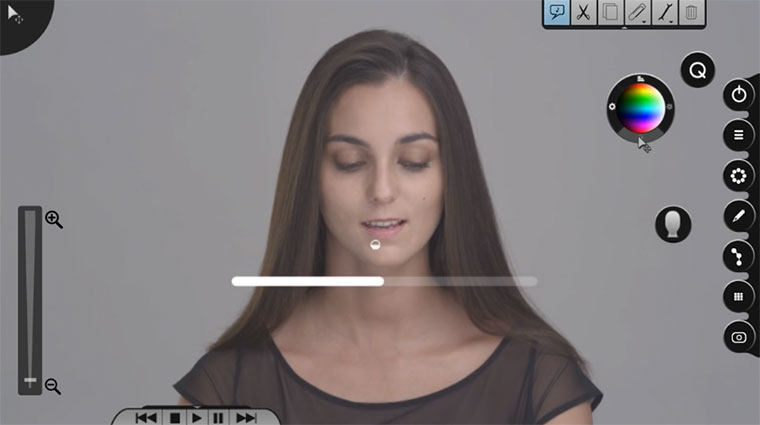
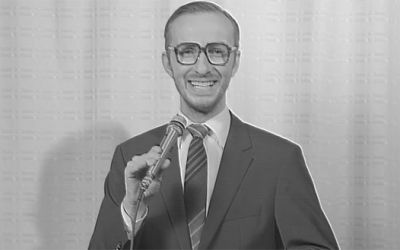
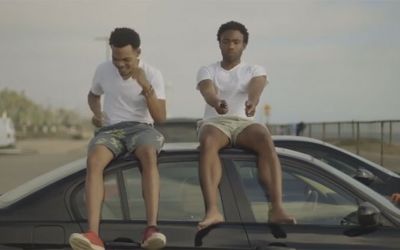
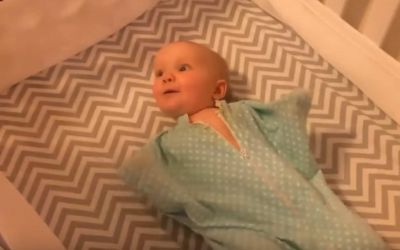
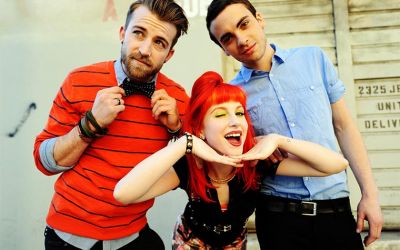
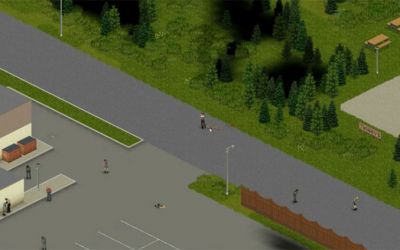
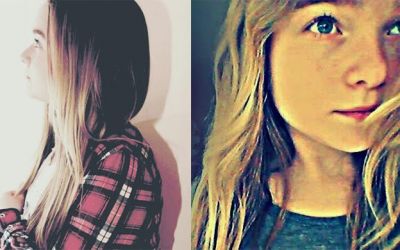
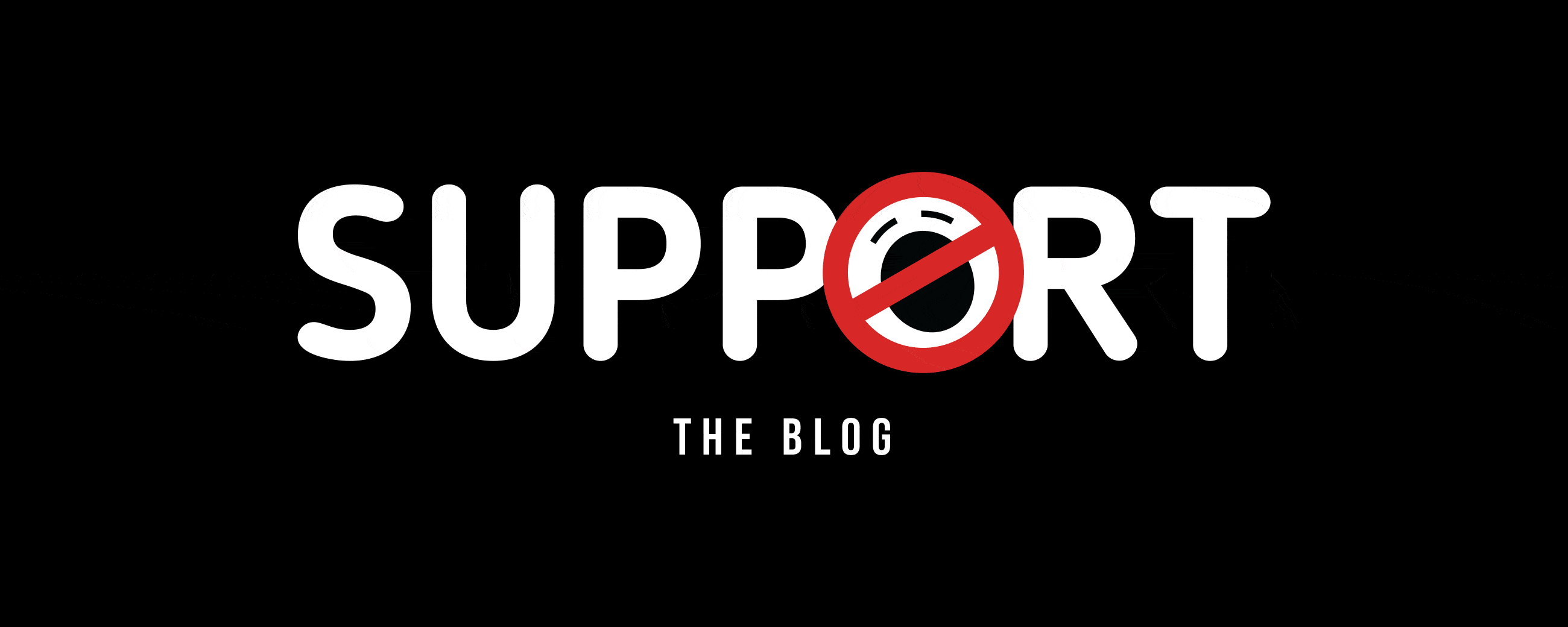






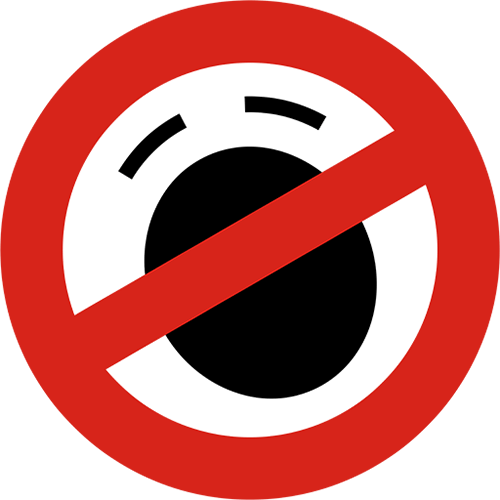
Klasse Arbeit, was echt lange gedauert haben muss. Zwar sind nicht alle Effekte / Verbesserungen logisch, aber dennoch gut gemacht.
Nur ehrlich, welcher Fotograf bzw Lichttechniker beleuchtet so dunkel wie zu Beginn? ;)
Wird ja am Ende noch behoben! :) Aber ja, würde eigentlich eher stattfinden…
Ich glaube aber nicht das es sich um Stopmotion handelt. Das ist ziemlich aufwendige Video-Postproduktion wie man sie auch von teuren Filmproduktionen kennt. Die gezeigten Effekte lassen sich auch auf Bewegtbild anwenden. Sicherlich ist es dabei hilfreich, dass sich die Sängerin nur wenig bewegt.
@Tobias: stimmt, das kann natürlich auch sein. Hatte mich schon gewundert, wie smooth die Bewegungen sind und dachte hier an Videobearbeitung bei den Übergängen. Aber wie dem auch sei: hoher Aufwand und tolle Idee/Umsetzung!
Ha, ein super Video. Aber eine kleine Korrektur . Sie kommt aus Ungarn. Hier das Video in ihrer Muttersprache: http://www.youtube.com/watch?v=5qrGOi41iwE
@Flo: danke für den Hinweis!
Das hat einer der videodirectors Bálint Nagy zur Produktion gesagt ;) Vier mal mit unterschiedlichem Make-Up, Belichtung und Frisur aufgenommen und dann in der Post mit Layern gearbeitet.
Bálint Nagy: „Once the concept was ironed out and the pre-production was fully completed, the rest of the process was a combination of working quickly and fastidiously. “The shoot was really short,” he says. “We had to make four different set-ups of lighting and make-up. So all the phases of ‘beautifying’ were created on-set, by the different lighting, make-up, and hair styles. Then it was the post-production’s duty to work together all these shots.”
Nagy says that the process of stitching all of this together in post took four months. “We had to make plenty of tests for each trick and transition,” he says. “We had to synchronize all of the different shots, and track them together. Afterward, we had to animate all the transitions on the face, create the fake graphic interface, the mouse movements, etc.”